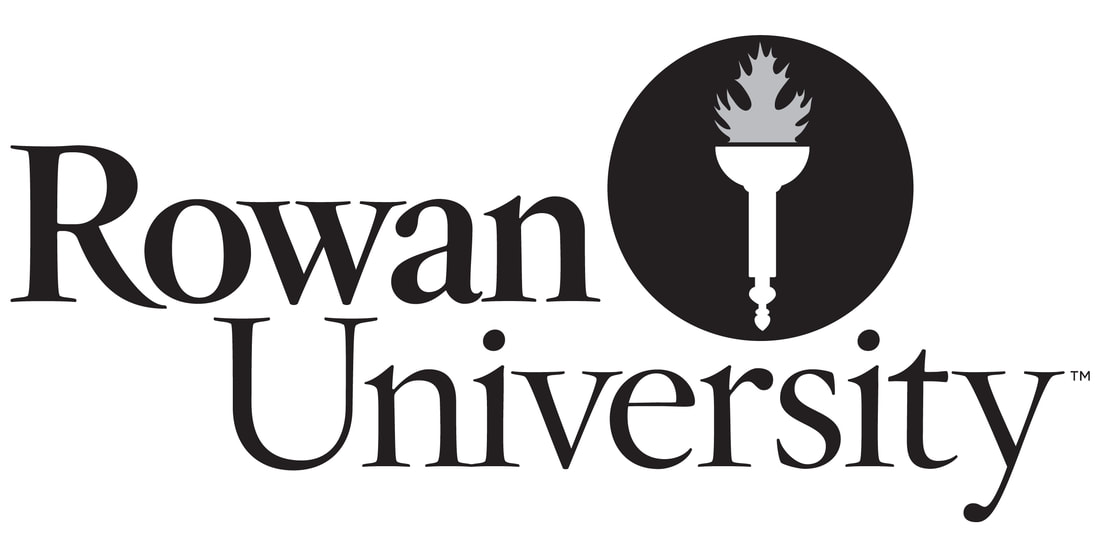|
by Jenna Burke Recently there has been a face that is making the internet 🔥 with extensive debate behind its actual meaning. No, it is not one of the Kardashians or Clint Eastwood memes, but rather an emoji that is causing controversy. According to USA Today, the new “Woozy Face Emoji” that is supposed to depict someone who is intoxicated has been creating critical debate in the social media universe. While some people 😂 at this and make tweets such as “this is how every one be when they get their pictures at the DMV,” others find the fact that we are having the discussion not only 😕, but also a complete waste of time. I, myself, never put much thought into the usage of emoji’s until a project on multimodal language. I asked my students how they judge the rhetorical appeal of things such as a tweet or a text. Right away all of my students, in both sections that I teach, answered with emojis. In fact, they confessed if one of their peers sent a text with no emotion, or even correct grammatical punctuation, they knew that something was wrong 😮. As an educator, I found this both 😡 and 😔 until I gave it more thought. I began to 🤔 the idea my students presented. Were emojis more ✨ and 🤓 than I was giving them credit for? To get more background information on the progression of emojis, I decided to do further research on the topic, which, in today’s modern world, means I just Googled it. According to The Wired, the emoji was born in the late 1990s in 🇯🇵. Its creator Shigetaka Kurit used a 12x12 grid to create images out of pixels. As the digital era progressed, so did the emotions of emojis. Now there are 2,823, according to the website Emojipedia which is an actual dictionary for emojis with being the latest installment. Even though Kurit gave birth to the emoji in 1999, not until recently did its importance in digital language take off, especially in 2015 when 😂 became Oxford English Dictionary's word of the year. Nowadays emojis are not just used as accents to words, but multiple emojis can be used together to translate messages. This use of emojis has caused great controversy due to how people can now send certain kinds of hidden massages 😉. The most popular example of this is people using face emojis 😉 with 🍆 and 🍑 emojis which is broken down on The Cuts Webpage. Indeed, the language of emojis embodies personification to give a whole different meaning to how big is your 🍆 ? Many find this to be 🤢. But is it really? I mean, seriously, it is the 21st century. It may be crazy to comprehend, but emojis are a form of language that can be understood 🇯🇵 🇰🇷 🇩🇪 🇨🇳 🇺🇸 🇫🇷 🇪🇸 🇮🇹 🇷🇺 🇬🇧. The internet has connected us in ways that would not have seemed possible even 50 years ago. Communication is literally just a click away. Is it true that 💩 and 👿 are a little ridiculous? Yes. However, the fact that I used emojis throughout this whole op-ed and you, the reader, were able to understand what I was saying is 😲.
0 Comments
Leave a Reply. |
Archives
July 2024
Categories
All
|
|
Glassworks is a publication of Rowan University's Master of Arts in Writing 260 Victoria Street • Glassboro, New Jersey 08028 [email protected] |
All Content on this Site (c) 2024 Glassworks
|

 RSS Feed
RSS Feed
